The expression "Yamaha CDI" denotes the Capacitor Discharge Ignition system employed by Yamaha motorcycles and other engines, which is essential for sparking the engine's ignition. This electronic ignition system is a linchpin for engine performance, delivering a prompt and robust spark that aids in effective combustion. The CDI's role in the motorcycle's electrical framework is vital, with its dependability and efficiency being paramount for the vehicle's seamless functioning.
Types and Characteristics of Yamaha CDI Units
There exists a spectrum of Yamaha CDI units, each tailored for particular models and performance needs. The assortment spans from elementary analog CDIs to sophisticated digital variants, encompassing units for racing motorcycles that permit elevated rev limits and refined timing curves. CDIs for off-road motorcycles are engineered to endure harsh conditions and maintain steadfast performance when under duress. Each variant of the Yamaha CDI possesses distinct features, such as varying rev limits, ignition curves, and adjustability levels, customizable to the rider's preferences and the engine's specifications.
Structure and Operation of Yamaha CDI Units
A Yamaha CDI unit's architecture is intricately crafted to fulfill its purpose with efficacy. Encased in robust plastic, the CDI encloses a circuit board—the locus of its operation. This board interfaces with a capacitor, which accumulates and discharges electrical charge, and an ignition coil that converts this charge into a high-voltage spark. The CDI unit collaborates with the motorcycle's flywheel and pickup coil; the flywheel's motion produces a signal that the CDI interprets to time the spark with precision. Such synchronization is critical for peak engine performance, particularly during acceleration and at elevated velocities.
Materials and Properties in Yamaha CDI Construction
The selection of materials for a Yamaha CDI is pivotal for its functionality and durability. The plastic casing offers electrical insulation and safeguards against environmental factors, while the internal copper wiring facilitates efficient electrical conduction with minimal resistance. Aluminum, favored for its superior thermal conductivity, is often utilized for parts of the casing or heat sinks to help dispel heat generated during operation. Steel components contribute to the structural fortitude, enabling the CDI to withstand the mechanical strains of riding. These materials are chosen not only for their robustness but also for their compatibility with the high-frequency, high-voltage demands of the ignition system.
Business Usages and Applications of Yamaha CDI Units
In commerce, Yamaha CDI units are indispensable in various sectors. Within automotive repair and upkeep, these CDIs are essential for restoring engine vigor. In motorsports, the demand for high-performance CDIs stems from their capacity to augment engine power and adapt to racing exigencies. Moreover, producers of Yamaha-compatible components and accessories depend on these CDIs to offer an extensive array of solutions to clientele. The CDI units significantly contribute to business value by bolstering customer satisfaction through enhanced vehicle performance and dependability.
Functions and Tasks Performed by Yamaha CDI Units
The principal role of a Yamaha CDI is to orchestrate the engine's ignition sequence. It achieves this by regulating the timing of the spark plug's firing within the engine cycle, a critical aspect for initiating the engine and sustaining efficient combustion. The CDI's capacity to modify the spark's timing in response to engine speed and load is indispensable for optimizing performance throughout the engine's operational range. This encompasses ensuring stable idling, brisk acceleration, and sustained power during high-speed travel.
Distinctive Features of Yamaha CDI Units
Yamaha CDI units are distinguished by features that differentiate them from their rivals. These encompass advanced timing algorithms, programmable to accommodate various riding styles and conditions. Certain CDI models offer adjustable rev limits, enabling riders to tailor the engine's power delivery. The resilience and resistance to weather of these units are also salient attributes, assuring consistent performance in all riding scenarios. These unique selling propositions render Yamaha CDI units a favored option among riders and technicians.
Benefits and Positive Outcomes of Using Yamaha CDI
Employing a superior Yamaha CDI yields manifold advantages for the motorcyclist. It guarantees a swift and effective ignition, smoother acceleration, and more uniform engine behavior. For businesses, providing dependable CDI units translates to reduced customer grievances and returns, fostering greater consumer trust and brand allegiance. For the rider, the perks of improved fuel economy and the potential for an extended engine lifespan are concrete benefits that amplify the overall riding experience.
How to Effectively Use and Maintain Yamaha CDI Units
Optimal utilization of a Yamaha CDI entails an understanding of the motorcycle's ignition timing and its correlation with engine performance. Routine upkeep should involve inspecting the CDI's connections and wiring for signs of deterioration or corrosion. Selecting a CDI necessitates matching the unit with the motorcycle's model and intended usage, be it for daily commuting or competitive racing. Installation demands meticulousness, ensuring all connections are secure and the unit is properly affixed. For cleaning, a simple wipe with a dry cloth suffices, as the CDI should not come into contact with liquids or abrasive chemicals.
Target Audience and Meeting Their Needs with Yamaha CDI
The intended market for Yamaha CDI units spans from professional racers to leisure riders, as well as motorcycle technicians and aficionados. Racers seek CDIs with customizable settings to optimize their engine's performance, while casual riders prioritize reliability and consistency in their ignition systems. Technicians value the straightforward installation and wide-ranging compatibility with Yamaha models. By catering to the specific desires and preferences of these demographics, Yamaha CDI units aim to surpass the expectations of a broad user base.
What are the signs of a failing Yamaha CDI?
Indicators of a malfunctioning Yamaha CDI may include challenges in starting the engine, erratic idling, abrupt stalling, or a discernible decline in engine prowess. Upon noticing such symptoms, it is prudent to perform a diagnostic evaluation to ascertain whether the CDI unit is at fault.
Can a Yamaha CDI improve my motorcycle's performance?
Indeed, a premium Yamaha CDI can elevate your motorcycle's performance by providing more accurate ignition timing, which may result in enhanced throttle response, increased horsepower, and better fuel efficiency. Nonetheless, it is crucial to select a CDI that aligns with your specific engine model and performance objectives.
Is it possible to repair a Yamaha CDI unit?
Although certain Yamaha CDI units may be repairable, this typically necessitates specialized expertise and apparatus. Often, replacing a defective CDI unit with a new one is more economical and reliable, given the vital function it serves in the engine's ignition mechanism.



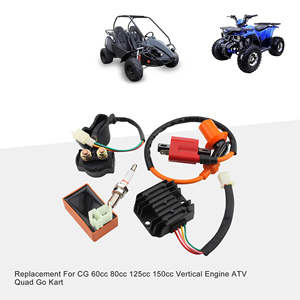





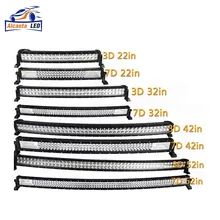

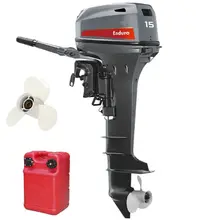


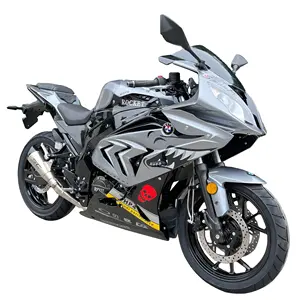
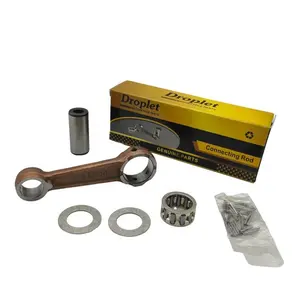



























 浙公网安备 33010002000092号
浙公网安备 33010002000092号 浙B2-20120091-4
浙B2-20120091-4